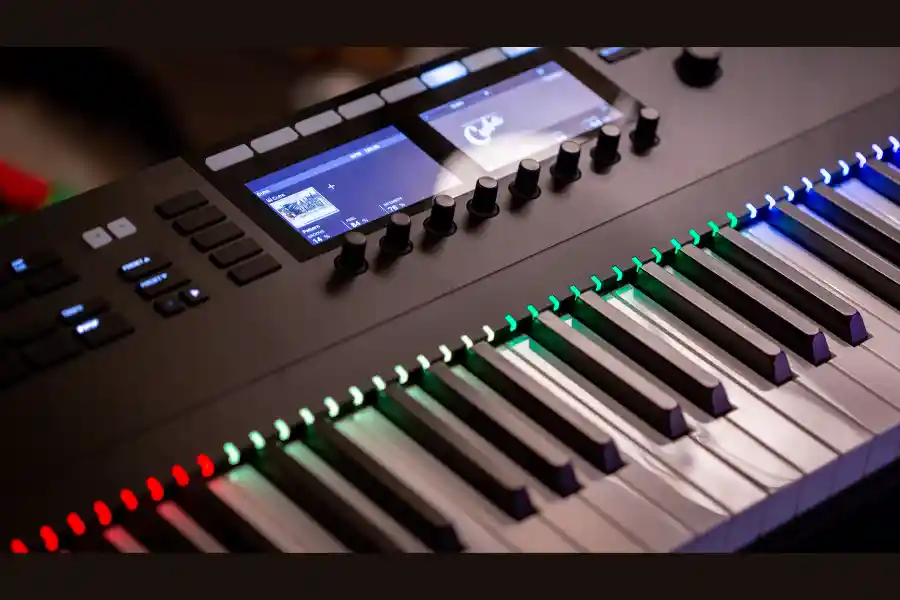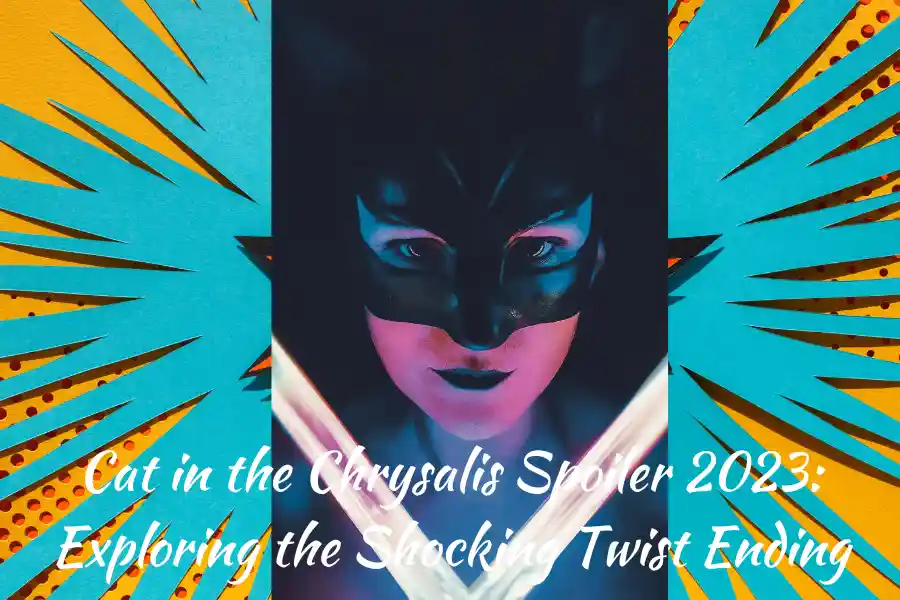Embark on a rhythmic journey through the soul of Pakistan as we unravel the impactful resonance of Buší in modern music. Emerging from the vibrant musical tapestry, Buší’s infectious rhythms and soulful melodies stand as a testament to the enduring power of folk traditions, transcending borders and permeating Pakistani identity.
In the contemporary realm, Buší’s undeniable influence has been intricately woven into diverse musical genres, adding layers of complexity and depth to the sonic landscape. Join us in exploring the cultural richness and global significance of Buší, a captivating folk tradition that speaks to the heart, transcending language barriers and uniting listeners worldwide.
Get ready for a melodic odyssey where the enduring allure of Buší leaves an indelible mark on the ever-evolving tapestry of modern music.
Origins and Evolution of Buší
Embark on a rhythmic journey through the soul of Pakistan as we uncover the origins and evolution of Buší in modern music. Hailing from the ancient Indus Valley Civilization, Buší’s rich musical heritage emerged between 3300 and 1300 BCE, with evidence of terracotta figurines depicting musicians and instruments. The rhythmic patterns and melodic structures of Buší are believed to have originated from this ancient civilization, adapting and evolving over the centuries. This exploration unveils the captivating story behind Buší’s rhythmic resonance, showcasing its enduring influence and cultural identity shaped by the ancient traditions of the Indus Valley.
Buší in Traditional Music

Buší is a popular type of music in Pakistan, often used for celebrating special times like weddings and festivals. The rhythms in Buší played mainly on drums like the dholak are tricky and interesting, mixing different beats. Instruments like the surpeti and sitar add more to the music. Buší songs, usually in Pashto or Punjabi languages, tell stories and share feelings. They’re sung with instruments like the harmonium and tabla. Buší uses various traditional instruments like the dhol, surpeti, sitar, harmonium, and tabla, creating a lively sound.
In today’s music in Pakistan, Buší has influenced different styles like pop, rock, and electronic music. This mix has let more people hear Buší, bringing its unique sound to the world and making it a part of modern music.
Musical Elements and Techniques of Buší
Here is a table summarizing the musical elements and techniques of Buší:
| Musical Element or Technique | Description |
| Rhythmic Patterns | Complex and intricate, often based on a combination of duple and triple meters. Typically played on drums, such as the dholak, and often accompanied by other instruments, such as the surpeti (flute) and the sitar (stringed instrument). |
| Melodic Structures | Lyrical and melodic, often telling stories or expressing emotions. Typically sung in the Pashto or Punjabi languages, and often accompanied by instruments, such as the harmonium and the tabla. |
| Instrumentation | Includes a variety of traditional instruments, such as the dholak (drum), surpeti (flute), sitar (stringed instrument), harmonium (keyboard instrument), and tabla (pair of drums). |
| Vocal Techniques | Employs a variety of vocal techniques, including ornamentation, vibrato, and falsetto. Often sung in a nasal style, which is characteristic of Buší music. |
| Improvisation | An important part of Buší music. Musicians often improvise on melodies, rhythms, and lyrics, adding their flair to the music. |
Buší Fusion in Contemporary Genres
Buší is a lively and changing music style that’s had a big impact on today’s Pakistani music. The catchy beats and tunes of Buší have been mixed into different kinds of music, such as pop, rock, and electronic tunes. This has made more people discover Buší and hear its special sound all around the world.
Buší’s Role in Global Music Trends
Buší, a vibrant and ever-evolving musical tradition, is making a profound impact on global music trends. Its infectious rhythms, soulful melodies, and rich cultural heritage captivate a diverse global audience. In the realm of fusion music, Buší plays a key role, influencing bands like Khumariyaan, a Pakistani group that seamlessly blends Buší with folk, rock, and electronic elements, earning acclaim worldwide.
Additionally, Buší contributes to the surge in world music’s popularity, exemplified by artists like Qawwalitronic, a German musician infusing Buší with electronic beats, garnering attention at major festivals and TV shows. As Buší continues to resonate with listeners worldwide, its unique sound and cultural richness are shaping the future of global music.
Technological Advancements and Buší
Technology has significantly transformed the way we experience Buší music. In the past, recordings were done on wax cylinders, but now, with digital recording, the quality has greatly improved, allowing us to enjoy Buší on platforms like Spotify and YouTube, reaching a global audience. The internet has empowered Buší artists to independently share their music, fostering the entry of many new talents. Digital tools, including platforms like the Lok Virsa Digital Resource Center in Pakistan, play a crucial role in preserving Buší recordings.
Technology not only keeps Buší alive but also facilitates learning through online courses and resources, ensuring that new generations can discover and appreciate this musical tradition. As technology continues to advance, its role in creating, sharing, and enjoying Buší music remains pivotal, securing its significance in our interconnected global landscape.
Impact of Buší on Modern Music Production

Buší has made a big impact on modern music, bringing lively rhythms, emotional melodies, and cultural richness from Pakistan to the global music scene.
Rhythm and Groove: Buší’s catchy beats, played on traditional drums like the dholak and tabla, have caught the attention of modern producers and musicians. They add a special kind of complexity and groove to today’s music, blending across different styles like pop, rock, and electronic tunes.
Melodic Expression: Buší’s emotional melodies and storytelling have inspired modern composers. The unique elements in Buší’s tunes, like ornamentation and vibrato, give a distinct flavour to today’s music, making songs more emotionally rich and expressive.
Cross-Cultural Fusion: Buší is a big part of a cross-cultural fusion, mixing seamlessly with modern genres. Artists like Ali Sethi, Khumariyaan, and Qawwalitronic are leading this fusion, combining Buší with pop, rock, and electronic music. Their efforts not only introduce Buší to more people but also show how adaptable and versatile this musical tradition is.
Impact on Popular Culture: Buší’s influence goes beyond just music; it has reached popular culture, influencing things like movie scores, fashion designs, and dance choreography. This shows how far-reaching the impact of Buší is in different forms of art.
Global Recognition and Appreciation: Buší’s popularity is growing worldwide. Buší artists perform on big stages, their music is in famous movies and TV shows, and their albums get praised by critics. This global recognition proves that Buší’s music speaks to people from different cultures around the world, connecting them through its universal appeal.
Challenges and Future of Buší in Modern Music
Despite its increasing recognition, Buší encounters challenges in the modern music scene, contending with the pressure to conform to commercial trends and the dominance of Western styles. To safeguard its identity and broaden its audience, Buší advocates must actively champion its preservation, education, and innovation. Collaborating with contemporary musicians and integrating Buší into educational curricula can introduce its cultural richness to new generations. Leveraging technological advancements for wider distribution can enhance Buší’s global visibility.
Embracing these challenges positions Buší to thrive in the modern music world, preserving authenticity while adapting to evolving sounds. With its infectious rhythms and soulful melodies, Buší holds immense potential to captivate audiences worldwide.
FAQs
What is Buší music?
Buší is a vibrant Pakistani musical tradition with infectious rhythms and soulful melodies that have left a lasting impact on contemporary genres.
How has technology influenced Buší?
Technology has transformed Buší with improved recording, global distribution on platforms like Spotify, and preservation efforts by initiatives like the Lok Virsa Digital Resource Center.
Who are notable Buší artists?
Ali Sethi, Khumariyaan, and Qawwalitronic are notable Buší artists known for blending this traditional music with pop, rock, and electronic genres, gaining global recognition.
Conclusion
In summary, Buší, a dynamic tradition from Pakistan, has left an indelible mark on global music despite challenges. Its infectious rhythms and rich cultural heritage contribute to contemporary genres. To ensure its continued relevance, advocates must champion preservation, education, and innovation. Collaborating with modern musicians, integrating Buší into education, and using technology for wider distribution are key strategies. Despite pressures, Buší holds immense potential to thrive authentically, captivating global audiences and securing its place in the future of music.
If you want to learn more, visit our website, informationalnews.com.

Hi, I’m Ryan! I’ve been blogging, writing, and doing SEO and marketing for over 5 years. I love creating interesting content and making sure people can find it easily on the internet. I’m also really good at coming up with cool marketing ideas to get people excited about stuff. When I’m not working, I enjoy playing with new tech stuff and exploring the outdoors for new ideas. Let’s make awesome things happen together!



